Japanese cuisine offers so much more than just sushi and ramen. Home cooks can easily recreate authentic Japanese flavors with ingredients now widely available in grocery stores. These dishes bring the comfort and simplicity of Japanese home cooking to your table, often requiring minimal prep time and basic techniques that deliver big on flavor.
1. Gyudon (Beef Bowl)
Sizzling beef strips dance with sweet onions in a tantalizing sauce that’s both comforting and deeply satisfying. This one-pan wonder transforms humble ingredients into a restaurant-worthy meal in about 20 minutes flat.
The magic happens when thinly sliced beef absorbs the umami-rich combination of soy sauce, mirin, and dashi. Each bite delivers the perfect balance of sweet and savory notes that Japanese cuisine is famous for. Served over a steaming bowl of short-grain rice, gyudon makes a complete meal that’s economical and filling.
Many Japanese households enjoy this as weeknight comfort food, making it the perfect entry point for home cooks new to Japanese cooking.
2. Miso Soup
Steam rises from a bowl of cloudy broth, carrying the earthy aroma of fermented soybeans that instantly transports you to a traditional Japanese breakfast table.
Ready in under 15 minutes, miso soup might be the simplest yet most authentic Japanese dish you can master. The foundation is dashi—a stock made from kombu seaweed and bonito flakes—that provides the subtle ocean backdrop.
Stirring in miso paste creates a velvety broth that warms you from the inside out. Floating cubes of silken tofu and delicate wakame seaweed add textural interest and nutrition. Finish with a sprinkle of green onions for color and a fresh bite that completes this humble yet sophisticated staple.
3. Tamagoyaki (Japanese Rolled Omelet)
Golden layers of egg fold upon themselves like pages in a delicious book, revealing a slightly sweet interior that’s unlike any Western omelet. This eye-catching dish transforms breakfast basics into art through a simple rolling technique that’s satisfying to master.
The secret lies in cooking thin layers of seasoned egg mixture one at a time in a rectangular pan, rolling each new layer into the previous one.
The result is a beautiful spiral pattern when sliced. Enjoyed hot or cold, tamagoyaki appears in bento boxes, as a sushi topping, or as a protein-rich breakfast. Its versatility makes it perfect for any meal of the day, and the leftover slices make excellent sandwich fillings or snacks.
4. Japanese Curry Rice (Kare Raisu)
Velvety, aromatic sauce blankets tender chunks of meat and vegetables in this soul-warming dish that bears little resemblance to its Indian cousin.
Japanese curry offers a milder, sweeter profile that even spice-shy eaters can enjoy, making it a universal favorite among Japanese families. Store-bought curry roux blocks eliminate the need for complex spice blending, making this an achievable weeknight meal. Simply sauté onions, brown your protein of choice, add vegetables and water, then dissolve the curry blocks for instant depth of flavor.
The thick, glossy sauce clings beautifully to fluffy white rice, creating the ultimate comfort food experience. Customize the heat level by choosing mild, medium, or hot curry blocks according to your preference.
5. Gyoza (Pan-Fried Dumplings)
Crispy bottoms give way to juicy centers in these irresistible half-moon packages that disappear almost as quickly as you can make them. While making gyoza might seem intimidating, store-bought wrappers eliminate half the work.
The filling combines ground pork, napa cabbage, garlic, and ginger into a savory mixture that steams inside the wrapper as it cooks. The signature cooking method—pan-frying followed by steaming—creates the perfect textural contrast between the golden, crispy base and the tender pleated top.
Make these in batches and freeze the extras for an instant appetizer or quick meal anytime. Served with a simple dipping sauce of rice vinegar, soy sauce, and a few drops of chili oil, gyoza brings izakaya (Japanese pub) flavors straight to your home.
6. Onigiri (Rice Balls)
Humble yet ingenious, these portable rice treasures hide delightful surprises within their triangular or round exteriors. Onigiri exemplifies Japanese food philosophy: simple ingredients transformed through thoughtful preparation.
Creating these hand-held meals requires nothing more than cooked short-grain rice, fillings of your choice, and optional nori seaweed wrapping. The sticky nature of Japanese rice allows it to hold its shape when molded with slightly wet, salt-sprinkled hands. Traditional fillings include umeboshi (pickled plum), salted salmon, or tuna mixed with mayonnaise, but the possibilities are endless.
Perfect for picnics, lunch boxes, or quick snacks, onigiri connects you to centuries of Japanese food tradition while being completely adaptable to modern tastes.
7. Oyakodon (Chicken and Egg Rice Bowl)
“Parent and child” is the poetic translation of this dish’s name, referring to the chicken and egg combination that creates one of Japan’s most beloved comfort foods. The brilliant simplicity of oyakodon belies its complex flavors and satisfying textures.
Tender chicken thighs and onions simmer in a sweet-savory dashi broth until the meat is infused with flavor. Beaten eggs are then poured over, cooking just until set but still creamy, creating a luxurious sauce that coats each grain of rice below.
Ready in under 30 minutes with just one pan, this protein-packed meal delivers maximum flavor with minimal effort. The final touch of green onions adds brightness to this humble yet elegant bowl that exemplifies Japanese home cooking at its finest.
8. Yakitori (Grilled Chicken Skewers)
Charred edges caramelize around juicy chicken pieces, creating bite-sized flavor bombs that capture the essence of Japanese street food. These skewers transform humble chicken into an addictive treat through the magic of tare sauce—a sweet-savory glaze that develops depth as it reduces.
No special equipment needed here; your oven broiler or stovetop grill pan works perfectly. Thread chicken thighs onto skewers, alternating with green onions for a traditional preparation, or experiment with different cuts and vegetables.
The real secret lies in brushing the skewers multiple times with tare sauce as they cook, building layers of flavor. Serve yakitori as an appetizer, pair with rice for a main dish, or enjoy with cold beer just as you would at a bustling Tokyo yakitori stall.
9. Wafu Pasta (Japanese-Style Spaghetti)
East meets West in this brilliant fusion dish where Italian technique embraces Japanese flavors to create something entirely new. Born in Tokyo’s post-war era, wafu pasta has evolved into countless variations that showcase Japan’s talent for adapting foreign foods.
The foundation couldn’t be simpler: al dente spaghetti tossed with soy sauce, butter, and often mushrooms or seafood. This unlikely combination creates an umami explosion that will change how you think about pasta forever.
Garnishes like shredded nori, bonito flakes, or a sprinkle of shichimi togarashi (seven-spice blend) add authentic Japanese touches. Perfect for weeknight dinners, this pantry-friendly meal comes together in the time it takes to boil pasta, proving that cross-cultural cuisine can be both accessible and exciting.
10. Horenso no Goma-ae (Spinach with Sesame Dressing)
Vibrant green spinach bundles glisten with nutty sesame dressing in this elegant side dish that’s as nutritious as it is simple. Goma-ae exemplifies the Japanese knack for elevating vegetables through minimal but precise preparation.
The process requires just minutes: blanch fresh spinach briefly to preserve its color and nutrients, squeeze out excess water, then toss with a dressing of toasted sesame seeds ground with sugar and soy sauce. This technique can be applied to other vegetables like green beans or broccoli with equally delicious results.
Served chilled or at room temperature, this versatile side complements any Japanese meal or stands alone as a light appetizer. The contrast between the earthy spinach and rich sesame creates a flavor harmony that showcases why Japanese vegetable dishes deserve as much attention as their seafood counterparts.
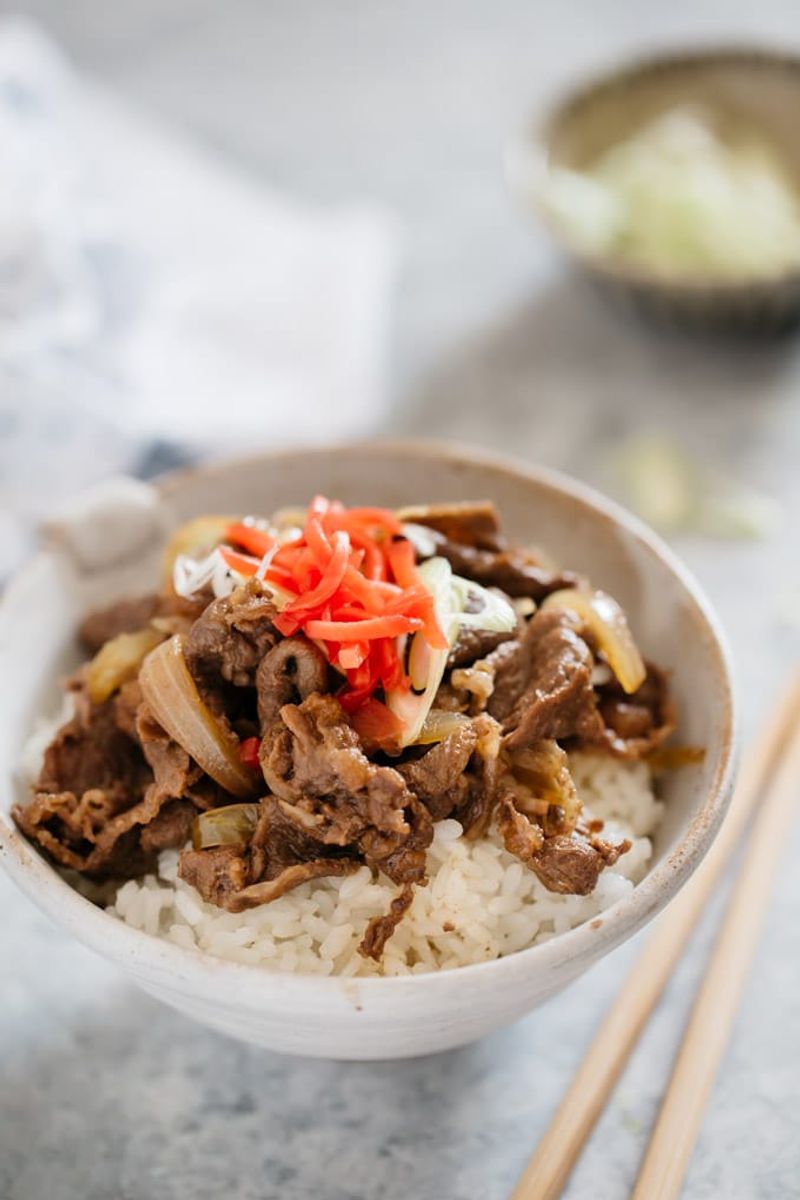
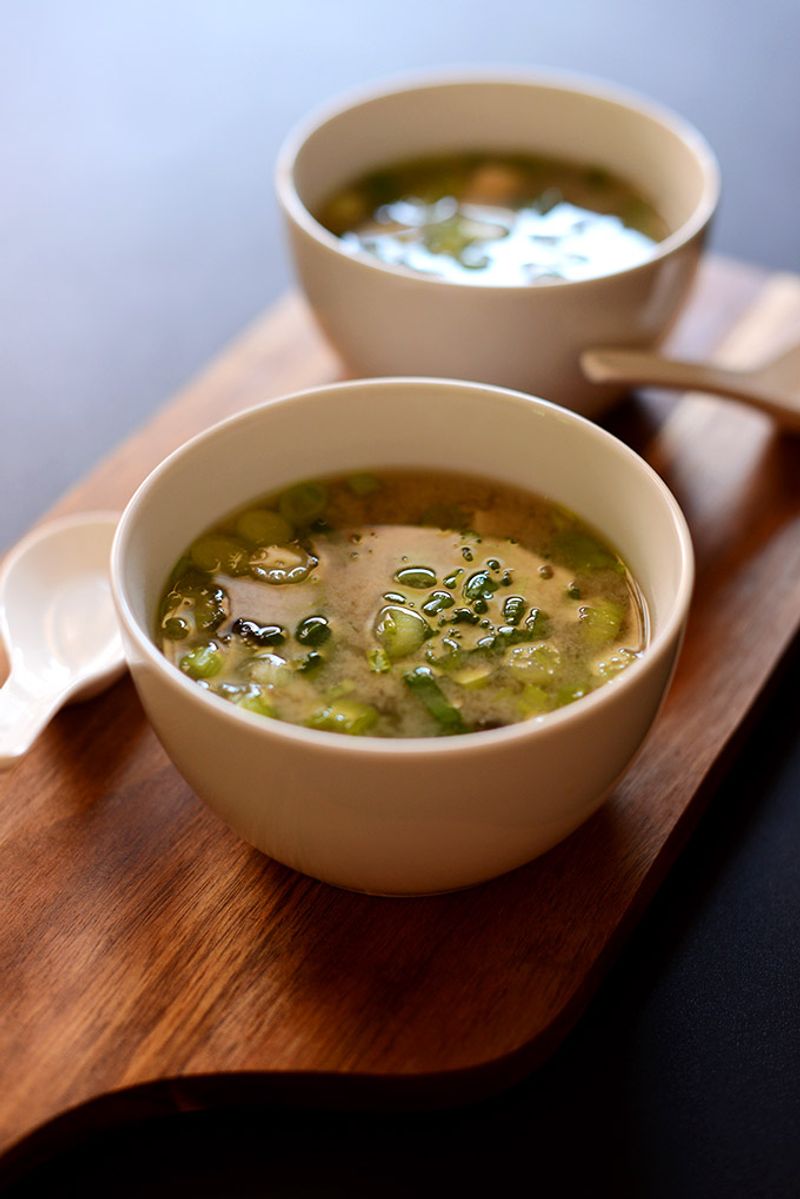
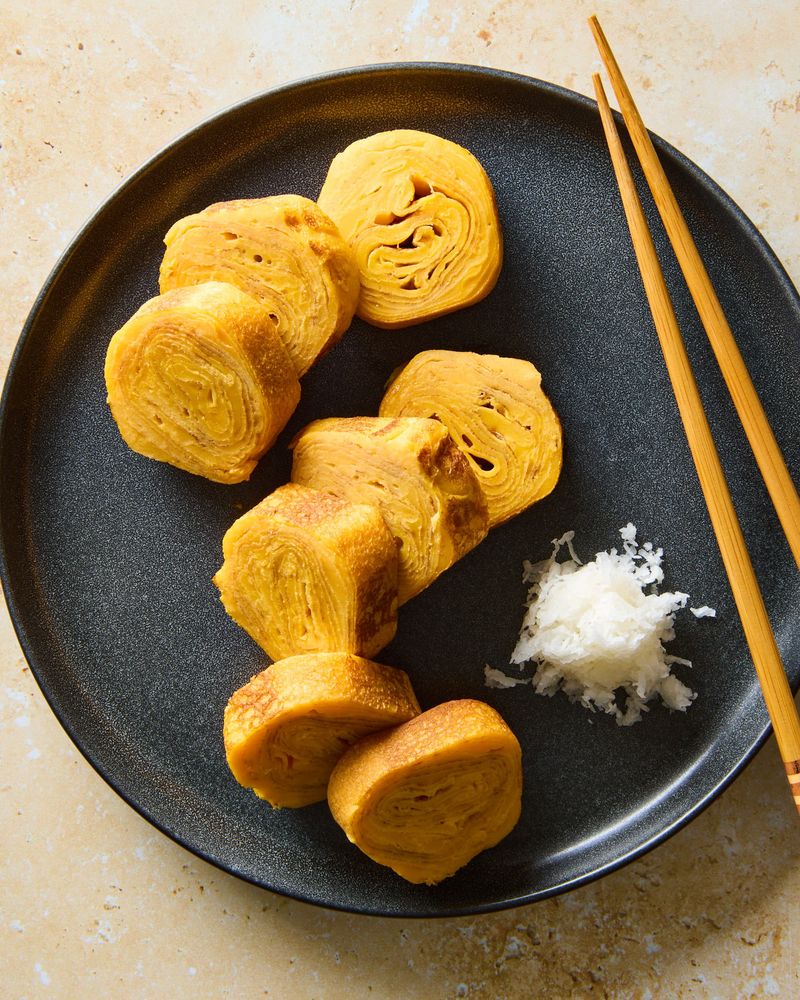
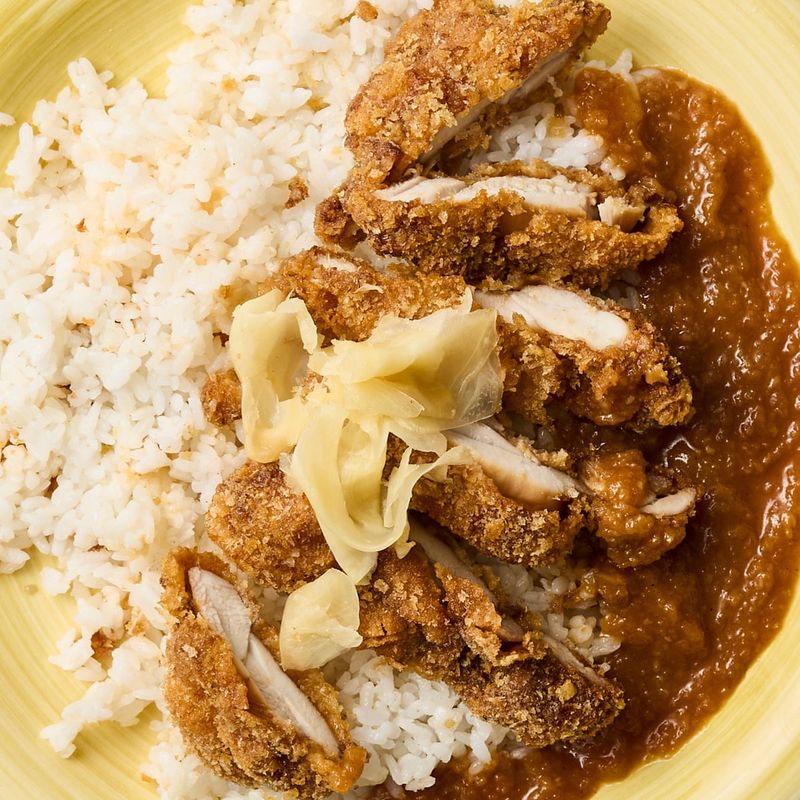
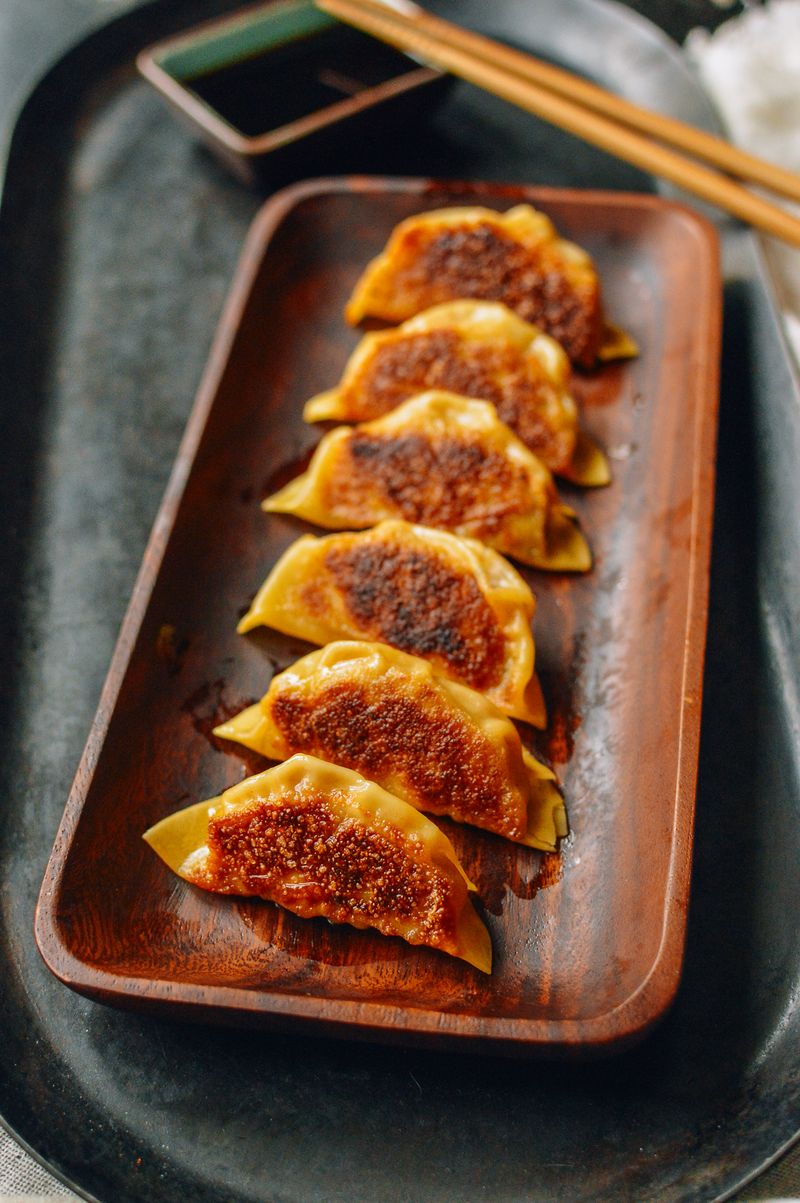
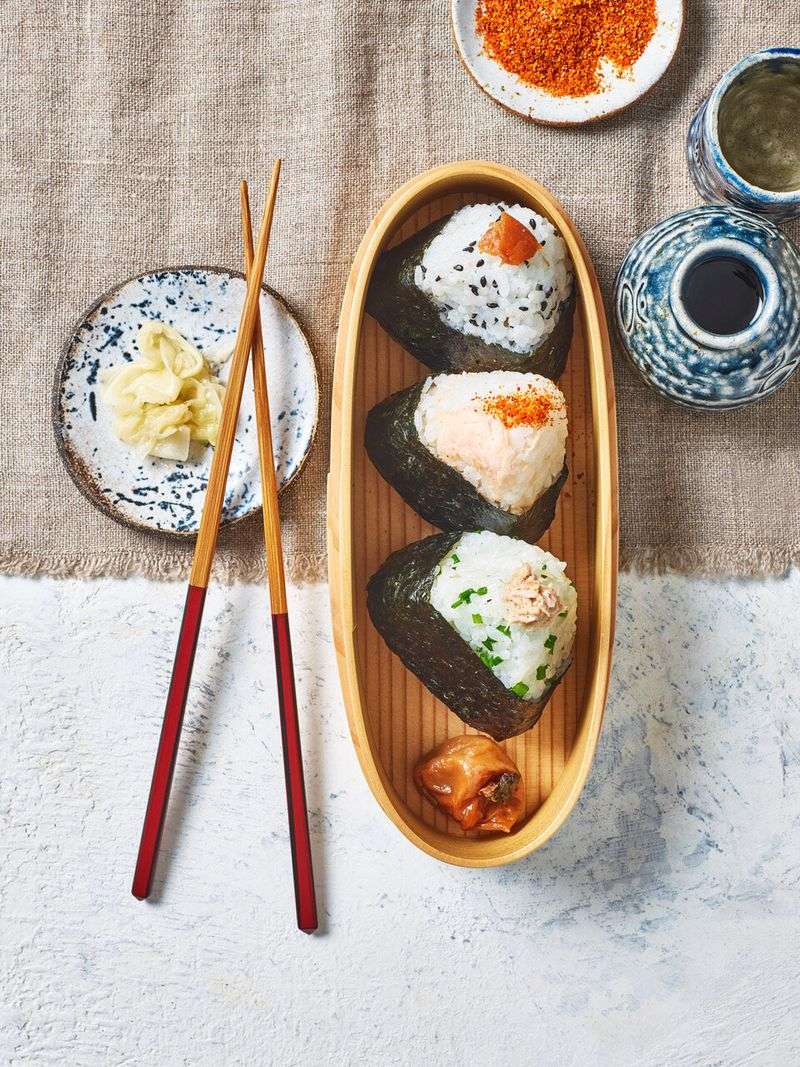


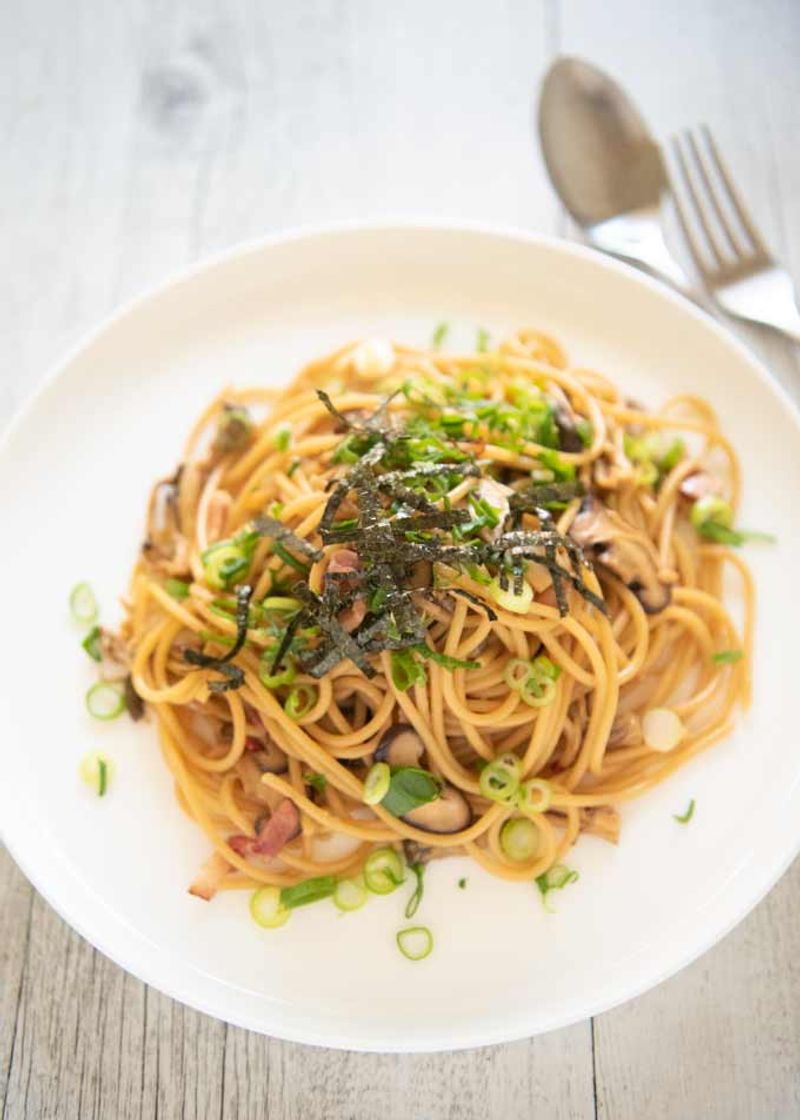
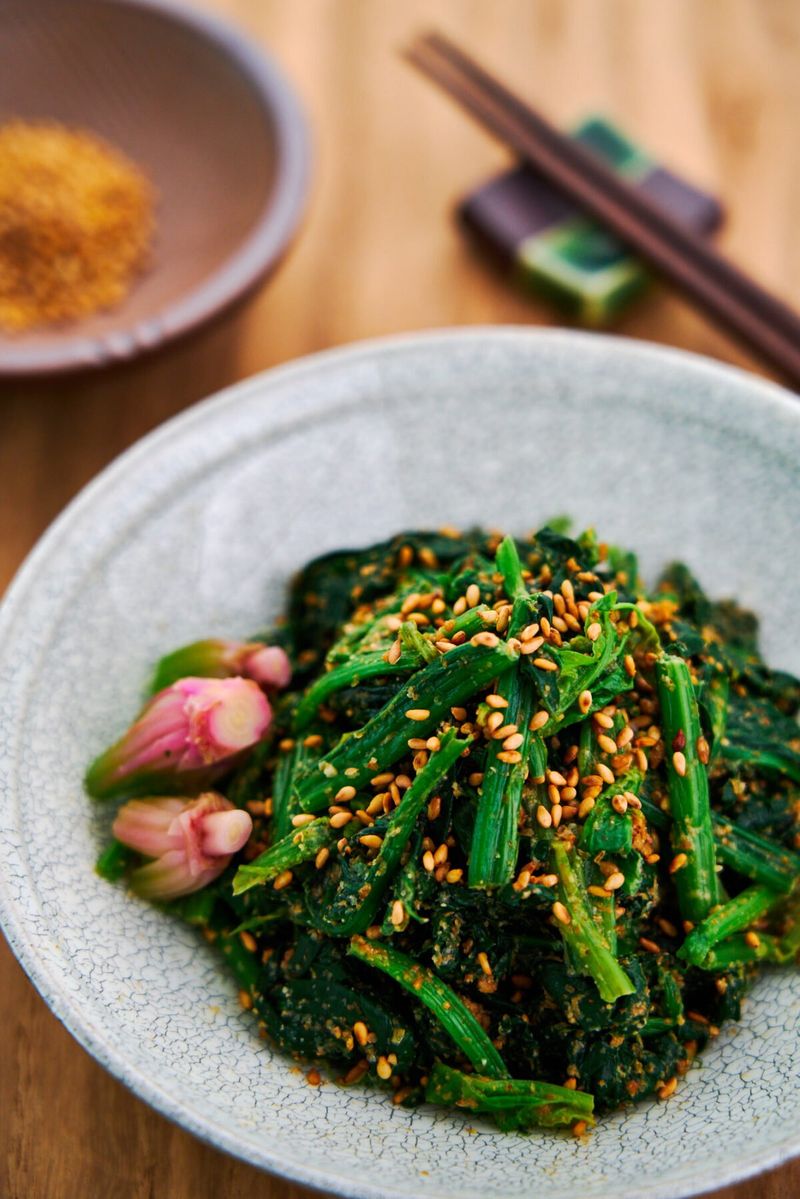
Leave a comment